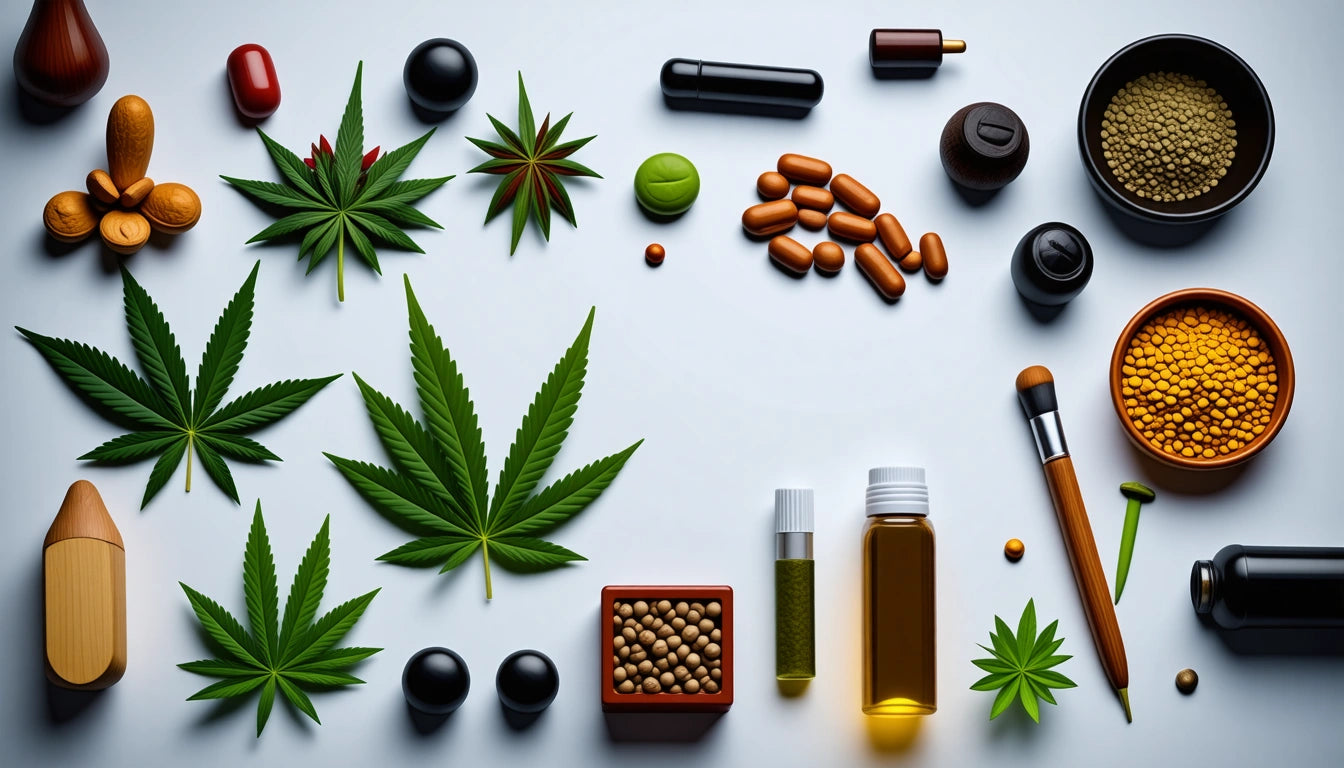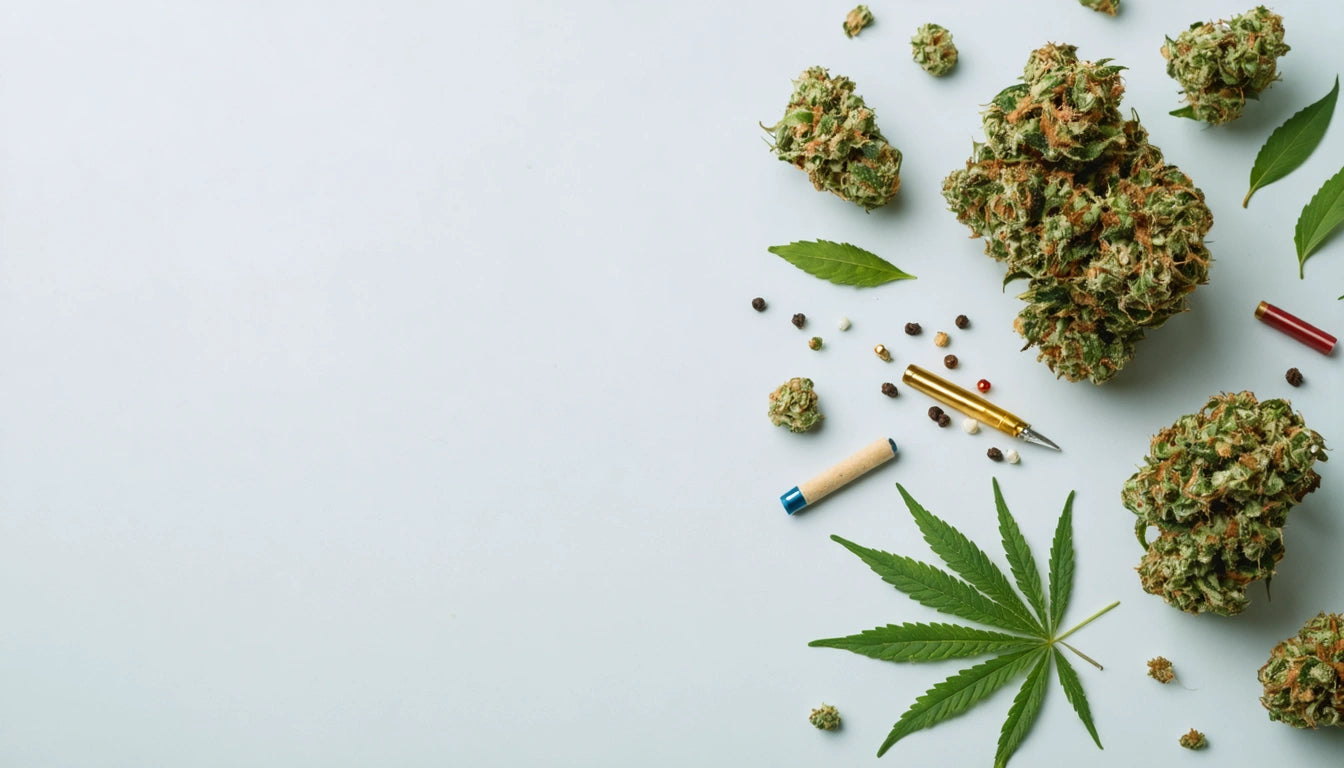Table of Contents
How Long Does Cannabis Stay in Your System? Understanding the Timeline
Understanding how long cannabis remains detectable in your system is crucial for consumers concerned about drug testing, medical interactions, or personal health monitoring. Detection times vary widely based on numerous factors including consumption frequency, metabolic rate, and the specific testing method used.
Cannabis Detection Windows by Test Type
Different testing methods have varying detection windows for cannabis metabolites:
- Urine Tests: The most common testing method can detect cannabis for 3-30 days depending on usage patterns. For occasional users, detection typically ranges from 3-7 days, while heavy users may test positive for up to a month or longer.
- Blood Tests: These tests detect active THC rather than metabolites and have a shorter window of 1-2 days for occasional users. Regular users might test positive for up to 7 days.
- Saliva Tests: Oral fluid tests typically detect cannabis use within the past 24-72 hours, making them more suitable for recent use detection.
- Hair Tests: With the longest detection window, hair tests can identify cannabis use for up to 90 days, as metabolites deposit in hair follicles as they grow.
According to detailed research on marijuana detection windows, the timeline varies significantly based on individual factors and consumption patterns.
Factors Influencing How Long Cannabis Stays in Your System
Usage Frequency and Potency
How often you consume cannabis and the potency of the products significantly impact detection times. THC accumulates in fat cells with regular use, extending the time it takes for cannabis to leave your system.
Metabolism and Body Composition
Individual metabolic rates and body composition play crucial roles in processing cannabis compounds. People with faster metabolisms or lower body fat percentages may clear cannabis more quickly than others.
Hydration and Physical Activity
Proper hydration and regular exercise can potentially accelerate the clearance process by promoting metabolism and diluting urine concentration. However, exercise shortly before testing might temporarily increase THC levels as stored metabolites release from fat cells.
How Consumption Methods Affect Detection Times
The way you consume cannabis impacts how quickly it enters and leaves your system:
- Inhalation (Smoking/Vaping): Produces rapid onset but typically clears faster than other methods.
- Edibles: Take longer to process through the digestive system and liver, potentially extending detection windows.
- Concentrates: Higher potency means more THC entering your system, potentially extending detection times.
- Topicals: Generally don't enter the bloodstream significantly, resulting in minimal detection risk.
When considering cannabis products, it's important to note that proper storage in child-resistant packaging with secure lids not only maintains product integrity but also ensures safety in households with children.
Metabolism and Natural Clearance Processes
The body processes cannabis primarily through the liver, where enzymes break down THC into metabolites that eventually exit through urine and feces. This natural clearance process varies significantly between individuals.
According to research on cannabis clearance timelines, the half-life of THC metabolites ranges from 1-10 days depending on usage patterns and individual metabolism.
CBD vs. THC Detection
While most drug tests target THC metabolites, some people wonder how long CBD drinks stay in your system. Pure CBD products with no THC typically won't trigger standard drug tests, but full-spectrum products containing trace THC might result in positive tests for heavy users.
Effective Strategies for Faster Cannabis Clearance
If you're wondering how long to get cannabis out of your system more quickly, several approaches may help:
- Hydration: Drinking plenty of water helps dilute urine concentration and supports natural elimination processes.
- Exercise: Regular physical activity can help burn fat where THC metabolites store, potentially accelerating clearance.
- Dietary Adjustments: Consuming foods high in fiber and antioxidants supports the body's natural detoxification processes.
- Temporary Abstinence: The most reliable method is simply allowing enough time to pass without consumption.
Understanding how long for cannabis to leave your system helps consumers make informed decisions about timing consumption around potential testing situations. For more detailed information on detection windows for specific testing methods, this resource on cannabis detection in urine provides comprehensive guidance.
While various detox products claim to accelerate cannabis clearance, scientific evidence supporting their effectiveness remains limited. The most reliable approach is allowing sufficient time based on your usage patterns and the specific test you'll face.
By understanding the factors that influence how long until cannabis leaves your system, consumers can make more informed decisions about their consumption habits and timing, especially when testing might be a concern.











Leave a comment
All comments are moderated before being published.
This site is protected by hCaptcha and the hCaptcha Privacy Policy and Terms of Service apply.